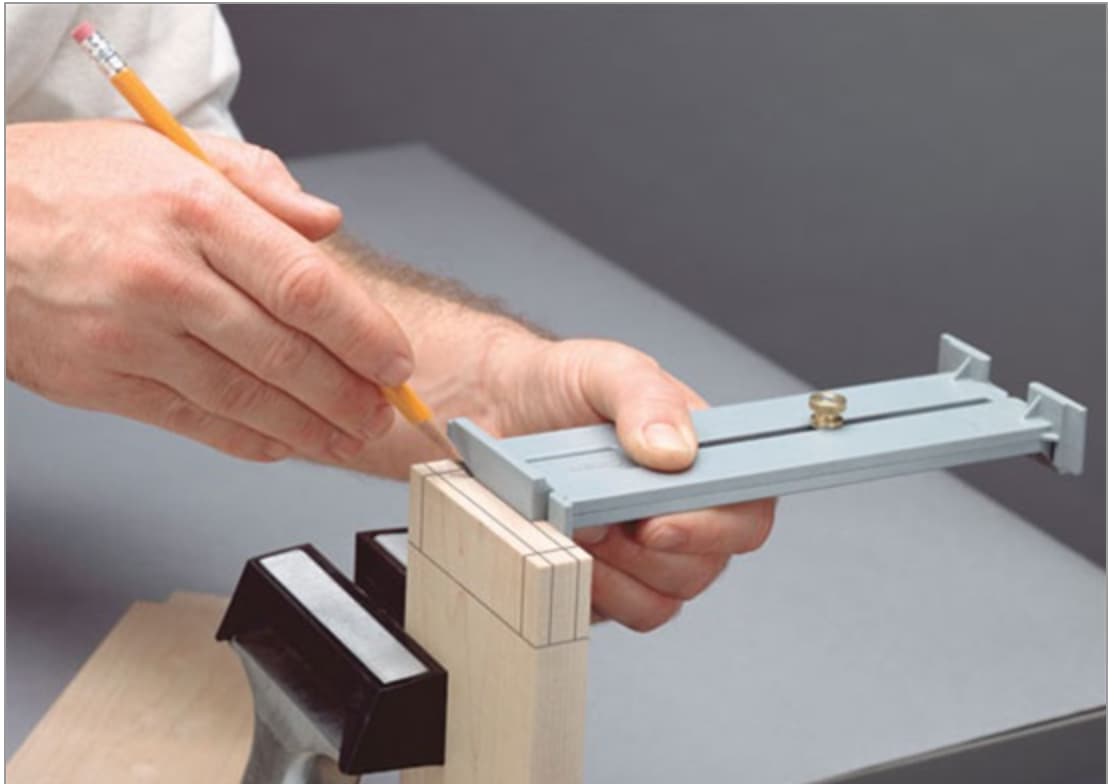Spurned on by my Shapeoko and Fusion 360, and now a Festool Domino XL, I’ve decided to convert my woodworking completely over to metric. I have Wixey gauges on my Tablesaw and drum sander (both have metric scales to boot), and my thickness planer has a combo gauge.
One tool I use a lot is my Incra-Gauge. This is not the Incra-Jig you probably have seen. It’s really a combination marking gauge and height gauge, with the wrinkle that it uses Incra’s sawtooth tracks to lock-in at 1/32" increments. You can see it used here:
Here’s a video of it in action: Inca Gauge in Action
While Incra does make racks for many of their fences and stops in both imperial and metric, the Inca-Gauge, not using separate racks, is only in Imperial.
Hence, I want to make one. Before I go about designing, I’m hoping to solicit ideas.
If you watch the video, you’ll see the basic idea is that the two pieces have sawtooth “V” grooves spaced exactly the same distance apart. I’ll do them 1mm apart to get metric spacing. I don’t need the center finding or even the distance setting on the back as described in the video - but I do use the height thing to align pieces to be parallel to the front of my Shapeoko table. The great thing about the racks is that you can reproduce any setting accurately weeks or months later without building a special tool.
I’m hoping the 60º V-Cutter is the right bit, and will do this in the best plastic I can find, although it might be interesting to make it in aluminum. While the Incra version is probably injection molded and so has 3D aspects to it, I believe that I can get by with just the racks and rule markings on the one face that needs them. I can glue/screw bits of plastic to the end(s) to create the split foot if needed to.
One other aspect to the design is that both pieces are identical, they’re just assembled flipped.
Thoughts, advice, and suggestions all welcome.
